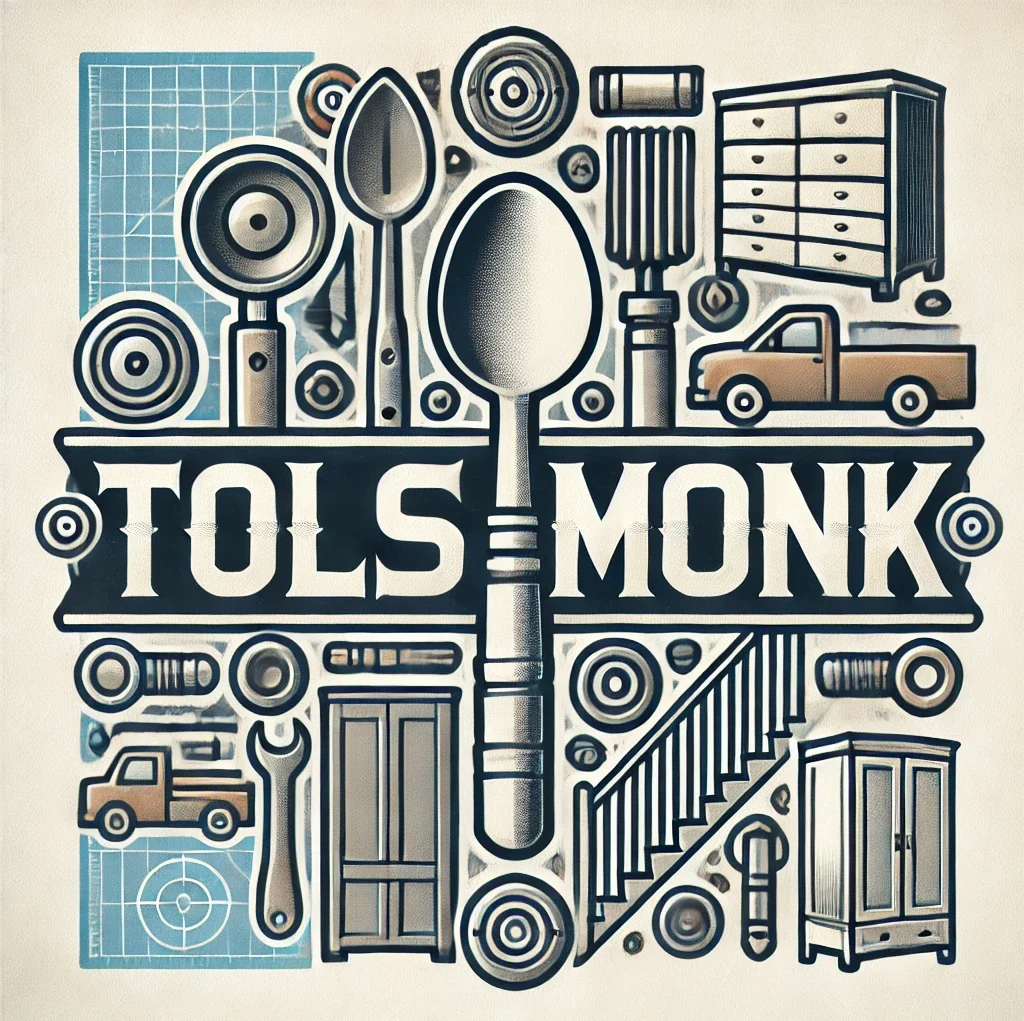
Mirrors are widely used in a variety of industries, from automotive and aerospace to construction, healthcare, and consumer electronics. They play a vital role in safety, performance, and user experience. However, the quality of mirrors must be ensured through rigorous mirror testing to ensure they meet industry standards and function as expected. Quality assurance in mirror manufacturing and application ensures durability, optical clarity, and safety, reduces defects, and improves performance.
In this comprehensive guide, we will explore why mirror testing is essential for quality assurance, the different testing methods used, its impact on various industries, and how advances in technology are shaping the future of mirror testing.
Understanding Mirror Testing in Quality Assurance
What is Mirror Testing?
Mirror testing is a process used to evaluate the quality, performance, and durability of mirrors before they are used in real-world applications. This includes checking optical clarity, reflectivity, durability, stress resistance and safety compliance to ensure that the mirror meets specific industry standards.
Mirror testing is performed for a variety of reasons:
To ensure that mirrors meet manufacturing specifications and are free of defects.
To enhance durability by testing the mirror’s ability to withstand environmental factors.
To improve safety, particularly in the automotive, aerospace and construction industries.
To maintain optical performance in precision applications such as telescopes, medical imaging and laser technology.
The Role of Quality Assurance in Mirror Manufacturing
Quality assurance (QA) in mirror manufacturing involves a series of inspection and testing procedures to ensure that each mirror produced meets the highest standards. This prevents defects that can cause safety hazards, poor performance and customer dissatisfaction.
By incorporating mirror testing into quality assurance, manufacturers can:
Reduce production defects and material waste.
Increase product longevity and durability.
Ensure regulatory compliance with industry safety standards.
Improve customer trust by providing high-quality products.
Main reasons why mirror testing is essential for quality assurance
- Ensures optical clarity and reflectivity
One of the most important aspects of mirrors is their optical clarity and reflectivity. Mirrors must provide clear, distortion-free reflections for users. Poor quality mirrors can cause blurry images, color distortions, or uneven reflections, reducing usability and safety risks.
How optical clarity is tested
Visual inspection: Identifies scratches, bubbles, or discoloration on the mirror surface.
Reflectivity measurement: Ensures that the mirror reflects light efficiently without a reduction in brightness or clarity.
Wavefront analysis: Evaluates distortions in the reflected image.
- Improves safety in automotive and aerospace applications
Mirrors are a critical component in vehicles and aircraft, providing essential visibility for drivers and pilots. Any defects in mirrors can cause serious safety risks, such as blind spots, incorrect distance perception or glare problems.
How mirror testing improves safety
Impact resistance testing: Ensures that mirrors can withstand shock and vibration.
Glare and anti-reflective testing: Reduces glare that can impair vision.
Environmental stress testing: Tests resistance to heat, cold and moisture.
- Prevents structural failures in architectural and industrial mirrors
Mirrors used in architecture, buildings and industrial applications must be durable and resistant to external stress. Poor quality mirrors can crack, shatter or deteriorate over time, creating safety risks for occupants and users.
General tests for structural integrity
Breakage resistance test: Assesses how well the mirror can withstand force.
Corrosion resistance test: Ensures resistance to corrosion and chemical degradation.
Temperature fluctuation test: Tests the mirror’s performance under extreme conditions.
- Improves performance in scientific and optical applications
High precision mirrors are used in telescopes, medical imaging and laser technologies, where even the slightest imperfections can cause errors. In these areas, the mirror’s accuracy is critical to obtaining accurate data and results.
Quality Assurance in Scientific Applications
Surface Accuracy Testing: Ensures that mirrors have no microscopic distortions.
Coating Durability Testing: Evaluates the lifetime of mirror coatings in high-intensity environments.
Light Absorption and Reflection Analysis: Determines the efficiency of mirror coatings in reflecting or absorbing light.
- Ensures Longevity and Cost Efficiency
Mirrors that undergo rigorous quality assurance have a longer lifetime, reducing the need for frequent replacement. This is particularly important in industries where mirrors are costly or difficult to replace, such as space exploration, medical equipment, and architectural installations.
Factors Affecting Mirror Longevity
Protective Coatings: Anti-scratch and anti-corrosion layers increase the life of the mirror.
Stress Testing: Ensures resistance to wear and tear.
UV and Moisture Resistance: Prevents degradation in outdoor environments. - Meets industry regulations and standards
Quality assurance ensures that mirrors comply with international safety and quality regulations such as:
ISO 9050: Standard for glass and mirror reflectivity.
SAE J1757: Standard for automotive mirrors.
ASTM C1503: Standard for silver flat glass mirrors.
Failure to meet these standards can result in product recalls, legal issues, and safety risks.
Different methods of mirror testing for quality assurance
- Visual inspection
Detects surface defects such as scratches, chips, and discoloration. - Reflectivity and optical clarity testing
Measures light reflection efficiency to ensure clear, accurate images. - Impact resistance testing
Evaluates the mirror’s ability to withstand mechanical shocks. - Environmental stress testing
Tests performance under extreme temperatures, humidity, and pressure. - Computerized simulation
Uses software models to predict how mirrors will behave in real-world conditions. - Spectrophotometry analysis
Measures how different coatings affect the mirror’s reflectivity and absorption.
The future of mirror testing in quality assurance
As technology advances, mirror testing is becoming more sophisticated. Some of the emerging trends include:
AI-powered quality inspection: Automates defect detection and improves accuracy.
Smart mirrors with self-diagnostic capabilities: Future mirrors may come with built-in sensors to detect quality-related problems.
3D imaging for surface analysis: Provides in-depth information about mirror defects.
Advanced coating technologies: Developments in nanotechnology can improve the durability of mirrors.
